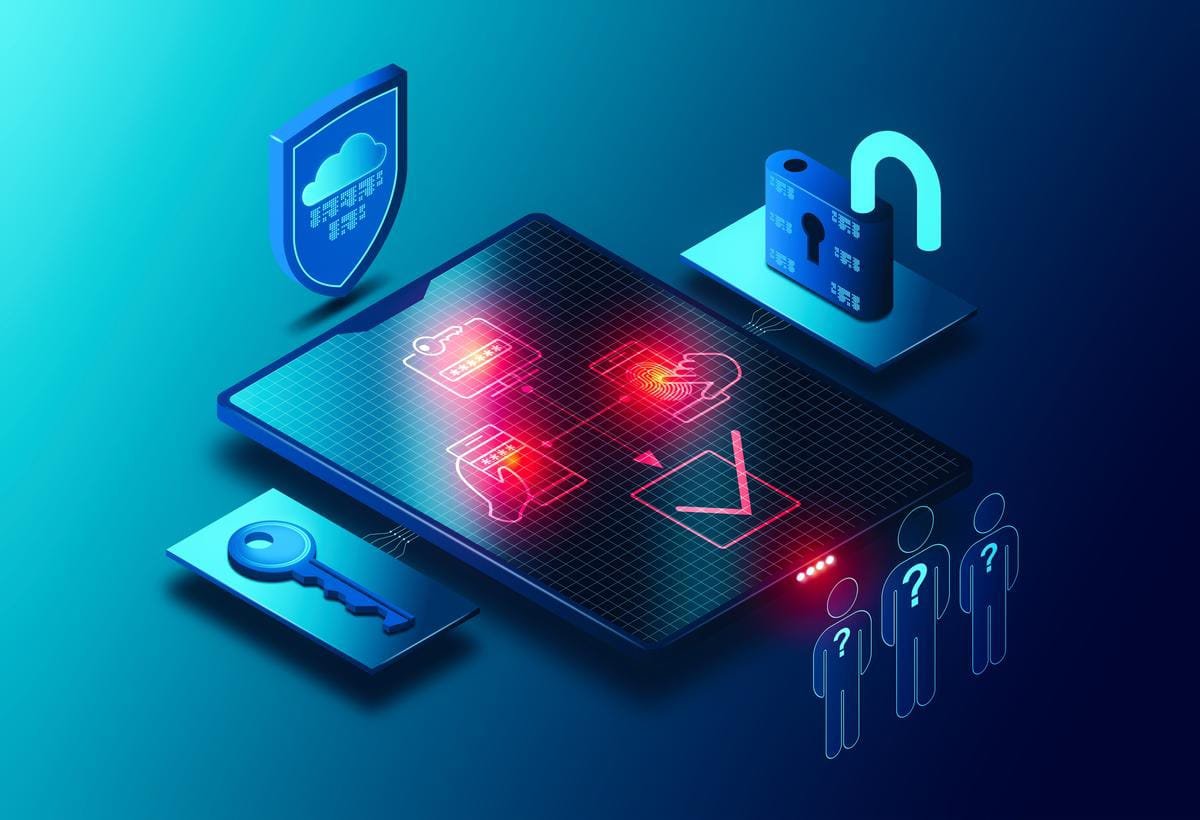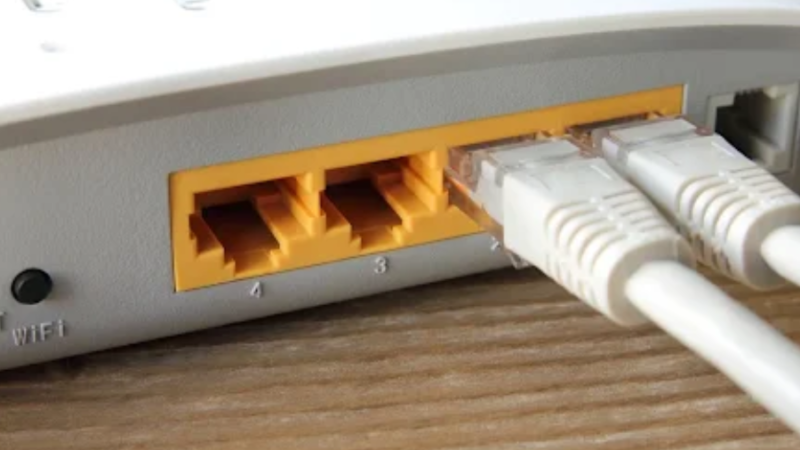Passwords are the most common and widely used method of authentication for online accounts and services. However, passwords are also the most vulnerable and problematic method of authentication, as they can be easily forgotten, stolen, guessed, or compromised. According to a report by Verizon, 81% of hacking-related breaches in 2017 involved weak or stolen passwords.
To overcome the limitations and risks of passwords, many organizations and users are adopting alternative methods of authentication, such as passwordless authentication and multi-factor authentication. These methods aim to provide a more convenient, secure, and efficient way of verifying the identity of users and granting them access to online resources.
But what are the differences between passwordless authentication and multi-factor authentication? How do they work, and what are their benefits and challenges? In this article, we will explain the concepts and characteristics of passwordless authentication and multi-factor authentication, and compare them in terms of user experience, security, and cost.
You can find out more details here: Multi-Factor Authentication (MFA) Vs. Single Sign On – Which is Safer?
What is Passwordless Authentication?
Passwordless authentication is an authentication method that does not require users to enter or remember a password. Instead, passwordless authentication uses other factors or methods to verify the identity of users, such as biometrics, tokens, and codes
Passwordless authentication eliminates the need for users to create, remember, or enter passwords for different accounts or services. It also reduces the risk of password breaches, phishing attacks, and credential theft.
What is Multi-Factor Authentication?
Multi-factor authentication (MFA) is an authentication method that requires users to provide more than one factor or method to verify their identity. MFA can use different types of factors or methods, such as:
• Knowledge: The user authenticates using something they know, such as a password, a PIN, or a security question. This method is familiar and easy for most users.
• Possession: The user authenticates using something they have, such as a token, a code, or a smartphone app. This method is similar to passwordless authentication.
• Inherence: The user authenticates using something they are, such as biometrics. This method is also similar to passwordless authentication.
MFA adds an extra layer of security on top of password-based authentication. This makes it harder for attackers to gain access to online accounts or services by stealing or guessing passwords alone. MFA also provides more options and flexibility for users to choose their preferred method of authentication.
Passwordless authentication and MFA both aim to improve the user experience by providing more convenient and secure ways of authentication. However, they also have some differences in terms of user experience.
This type of authentication offers a simpler and faster user experience than MFA. Passwordless authentication does not require users to enter or remember passwords, which can be tedious, time-consuming, and frustrating.
Passwordless authentication also does not require users to provide multiple factors or methods, which can be cumbersome, confusing, or annoying. This authentication only requires users to provide one factor or method, which can be easily done with a single gesture, tap, or click.
On the contrary, MFA offers a more flexible and customizable user experience than passwordless authentication. In other words, MFA allows users to choose from different factors or methods, which can suit their preferences, needs, or situations.
MFA also allows users to adjust the level of security and convenience according to the sensitivity or importance of the account or service. MFA can provide users with more control and confidence over their online identity and access.
Passwordless Authentication vs. Multi-Factor Authentication: Security
Passwordless authentication and MFA both aim to enhance the security of online accounts and services by reducing the reliance on passwords. However, they also have some differences in terms of security.
A passwordless authentication offers a higher level of security than MFA. It eliminates the use of passwords altogether, which are the weakest and most vulnerable link in the authentication chain.
Passwordless authentication also reduces the attack surface and vectors by using only one factor or method, which can be more difficult or impossible to compromise. It can also prevent common attacks such as brute force, dictionary, phishing, keylogging, etc.
On the other hand, MFA offers a lower level of security than passwordless authentication. MFA still uses passwords as one of the factors or methods, which can be easily forgotten, stolen, guessed, or compromised.
MFA also increases the attack surface and vectors by using multiple factors or methods, which can be more exposed or vulnerable to compromise. It can mitigate common attacks but not eliminate them completely.
Passwordless Authentication vs. Multi-Factor Authentication: Cost
Passwordless authentication and MFA both aim to reduce the cost of authentication by saving time and resources. However, they also have some differences in terms of cost.
The passwordless authentication also offers a lower cost than MFA. It reduces the cost of password management, such as help desk calls, password resets, account lockouts, etc., which can be expensive and inefficient.
Passwordless authentication also reduces the cost of compliance with security and privacy regulations, such as GDPR, HIPAA, PCI DSS, etc., which can be complex and challenging.
Conversely, MFA offers a higher cost than passwordless authentication. It increases the cost of password management, as users may need to reset or change their passwords more often due to the increased complexity and frequency of authentication.
MFA also increases the cost of compliance with security and privacy regulations, as users may need to provide more personal or sensitive information for authentication.
Conclusion
Passwordless authentication and MFA are both alternative methods of authentication that offer more convenience, security, and efficiency than passwords. However, they also have some differences in terms of user experience, security, and cost.
Passwordless authentication provides a simpler, faster, and more secure user experience than MFA, but it also offers less flexibility and customization. On the other hand, MFA provides a more flexible and customizable user experience than passwordless authentication, but it also offers less security and more cost. Therefore, the choice between passwordless authentication and MFA depends on the preferences, needs, and situations of the users and the organizations.







Recent Comments